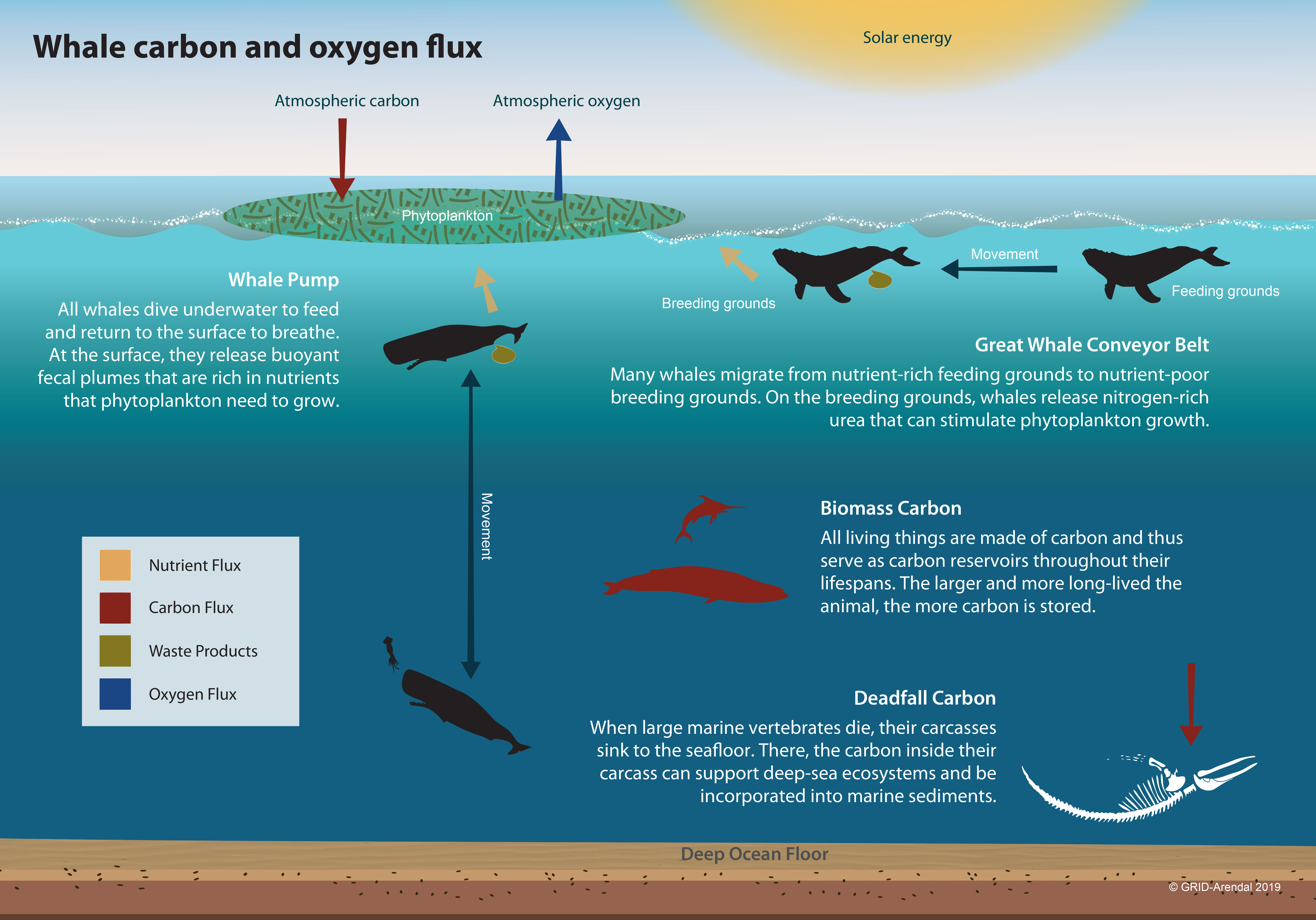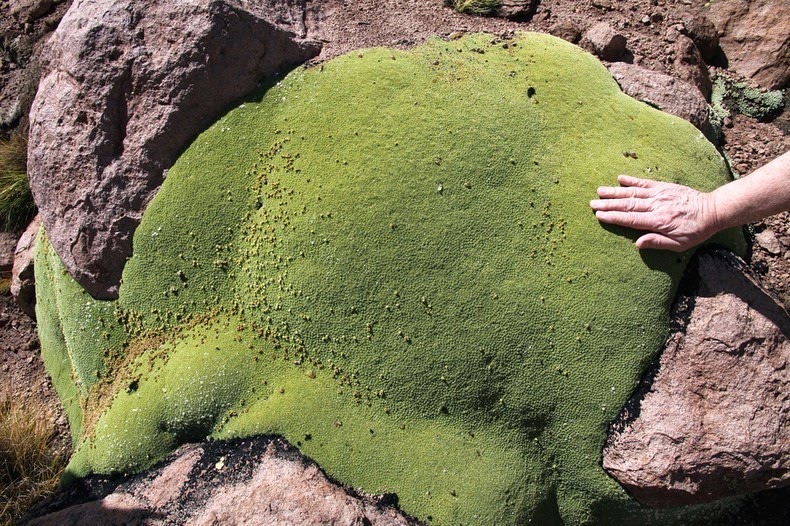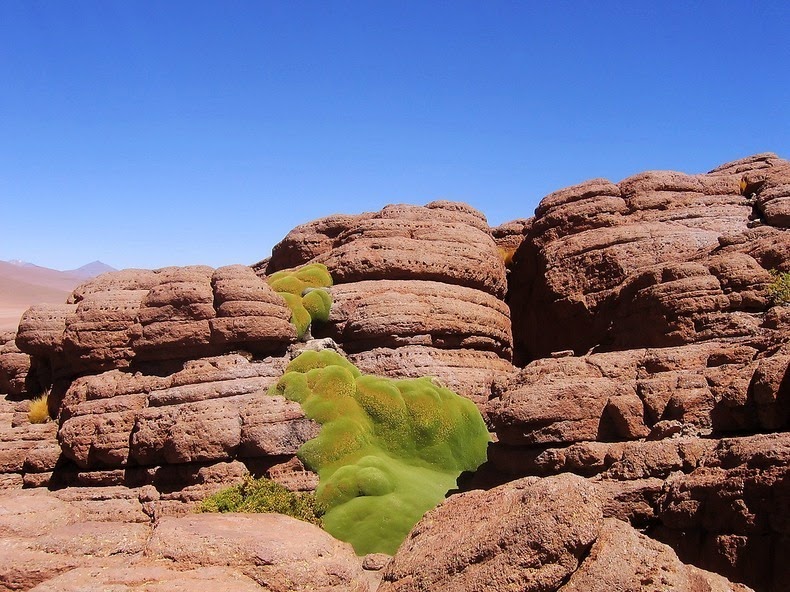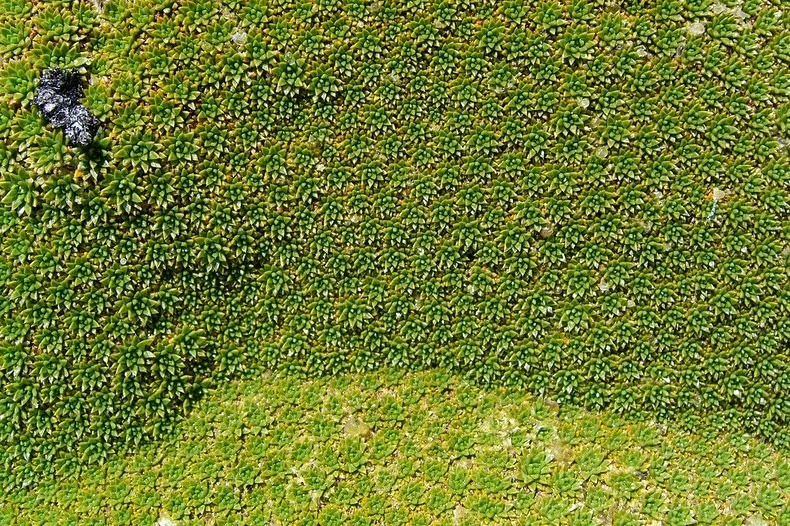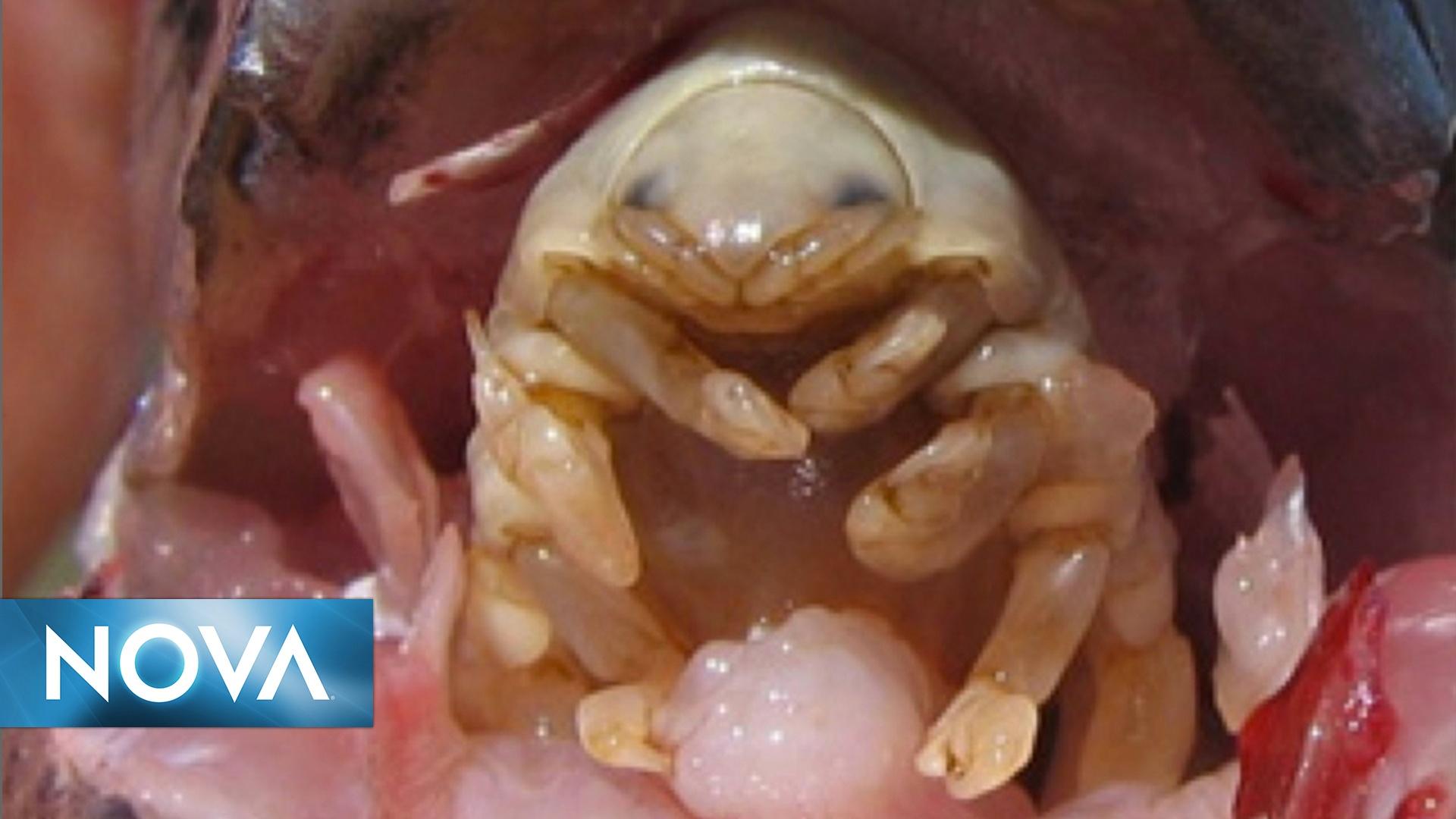When whales die, they sink to the ocean floor – and all the carbon that is stored in their enormous bodies is transferred from surface waters to the deep sea, where it remains for centuries or more.
In the 2010 study, scientists found that before industrial whaling, populations of whales (excluding sperm whales) would have sunk between 190,000 to 1.9 million tonnes of carbon per year to the bottom of the ocean – that's the equivalent of taking between 40,000 and 410,000 cars off the road each year. But when the carcass is prevented from sinking to the seabed – instead, the whale is killed and processed – that carbon is released into the atmosphere.
Andrew Pershing, a marine scientist at the University of Maine and an author of that study, estimates that over the course of the 20th Century whaling added about 70 million tonnes of carbon dioxide into the atmosphere. "This is a lot, but 15 million cars do this in a single year. The US currently has 236 million cars," he says.
But whales are not only valuable in death. The tides of excrement that these mammals produce are also surprisingly relevant to the climate.
Whales feed in the deep ocean, then return to the surface to breathe and poo. Their iron-rich faeces
creates the perfect growing conditions for phytoplankton. These creatures may be microscopic, but, taken together, phytoplankton have an enormous influence on the planet's atmosphere, capturing an
estimated 40% of all CO2 produced – four times the amount captured by the Amazon rainforest.




